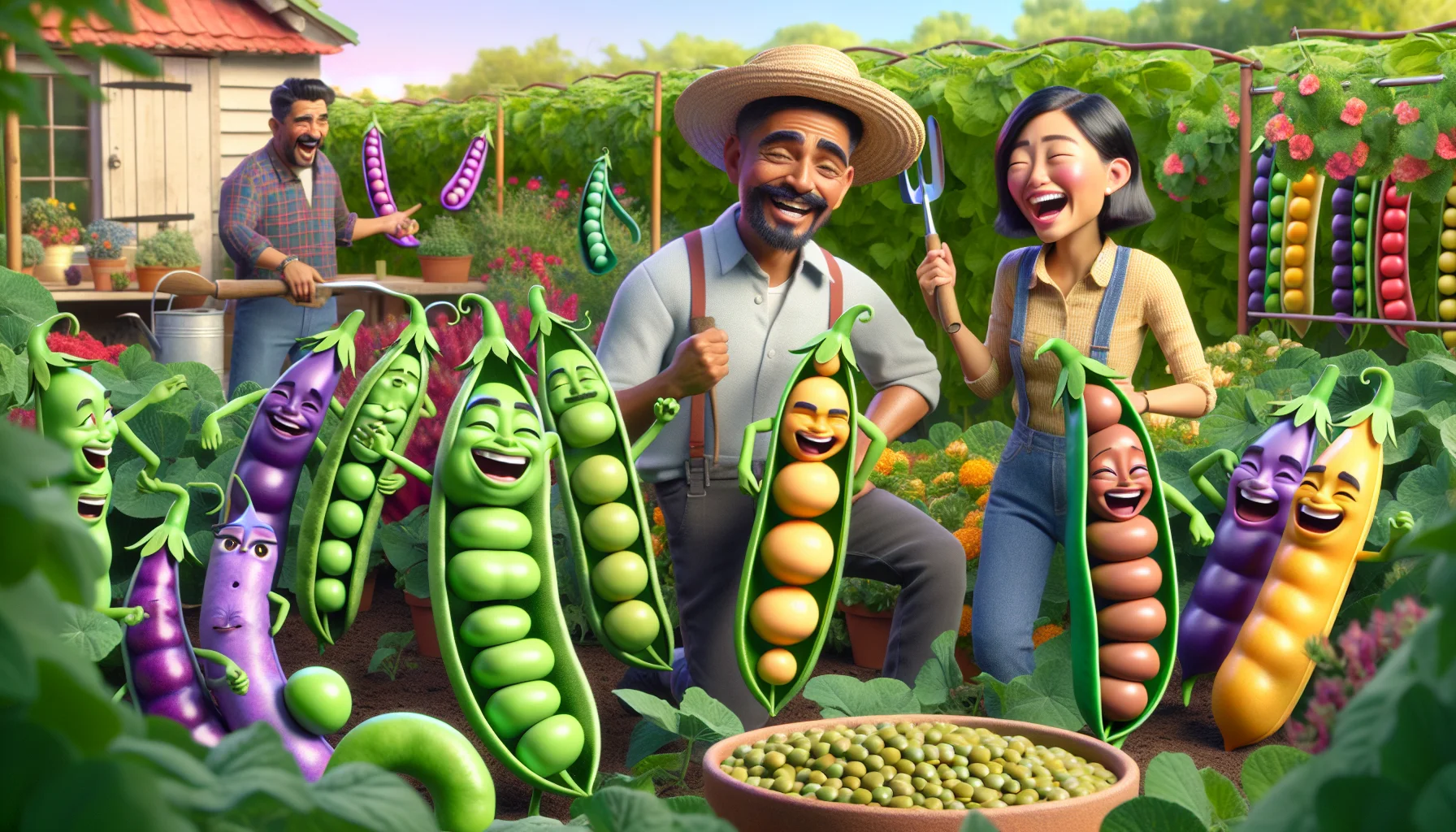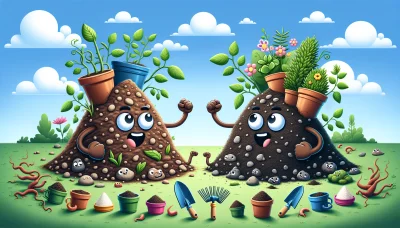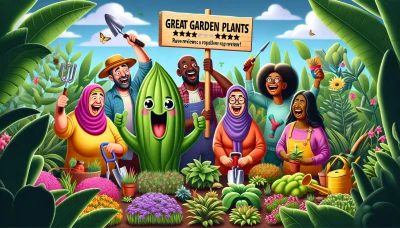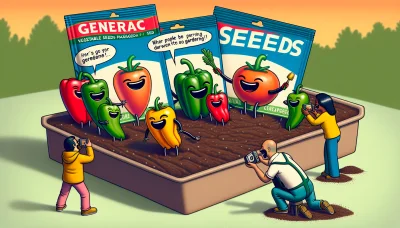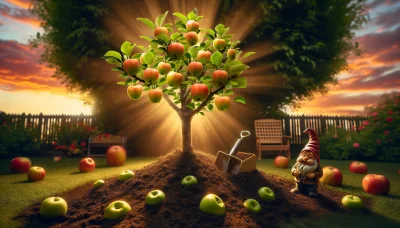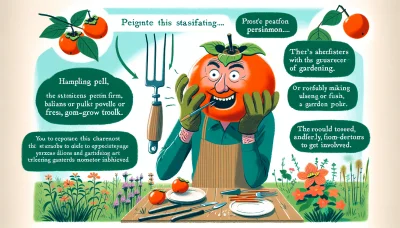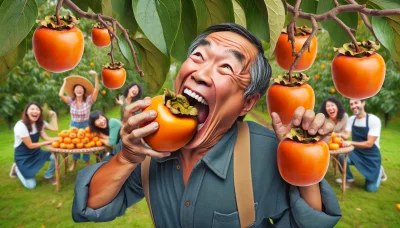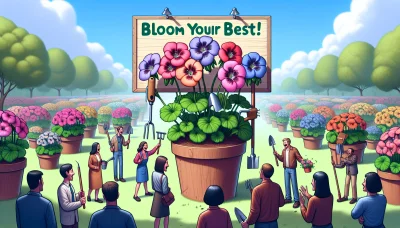Pod fruit Quiz
Test Your Knowledge
Question of
Understanding Pod Fruits: An Introduction
Pod fruits, often referred to as legumes, are a type of fruit that comes from plants in the Fabaceae family. These fruits are characterized by their unique pod, which splits open on both sides when ripe, releasing the seeds contained within. Pod fruits include a variety of beans, peas, lentils, and peanuts, among others. They play a significant role in gardening and agriculture due to their ability to fix nitrogen in the soil, which improves soil fertility and helps reduce the need for chemical fertilizers. Additionally, pod fruits are highly valued for their nutritional content, offering a rich source of protein, fiber, vitamins, and minerals. Understanding how to grow and incorporate pod fruits into gardening practices can contribute to sustainable gardening efforts and a healthier diet.
Types of Pod Fruits
- Peas: These are small, spherical seeds or the seed-pod of the Pisum sativum. Each pod contains several peas, which can be green or yellow.
- Beans: Beans come in many varieties and sizes, ranging from the small black beans to the large kidney beans. They are a staple ingredient in many cuisines around the world.
- Lentils: Lentils are tiny, lens-shaped legumes that come in many colors, including red, brown, and green. They are highly nutritious and cook faster than beans.
Benefits of Growing Pod Fruits in Your Garden
Growing pod fruits such as peas, beans, and lentils in your garden offers a plethora of benefits that extend beyond the simple pleasure of gardening. Nutritionally, pod fruits are powerhouses, packed with essential vitamins, minerals, proteins, and fibers that are crucial for maintaining a healthy diet. They are an excellent source of nutrients while being low in fat, which makes them a fantastic option for anyone looking to improve their dietary habits. From an environmental perspective, pod fruits are beneficial as they have a relatively low water footprint compared to other crops, making them a sustainable choice for gardening. Additionally, many pod fruits have the ability to fix nitrogen in the soil, which can improve soil fertility and reduce the need for chemical fertilizers, further contributing to the environmental benefits of growing these plants. Gardening advantages include their ease of growth and the ability to use vertical space efficiently, making them suitable for gardens of all sizes. Cultivating pod fruits can also lead to a reduction in grocery bills, as these plants typically produce abundant yields. All these factors make growing pod fruits in your garden a rewarding endeavor that benefits both your health and the planet.
Planting and Care Guide for Pod Fruits
- Choosing a Site: Select a sunny spot with well-draining soil. Pod fruits generally require at least 6 hours of sunlight daily.
- Soil Preparation: Work the soil to a depth of 8-12 inches and mix in compost or well-rotted manure to enrich the soil.
- Planting: Sow seeds directly in the ground after the last frost date for your area. Plant seeds about 1-2 inches deep, spacing them according to the specific variety's requirements.
- Watering: Water the plants gently but thoroughly at the time of planting. Maintain consistent moisture, especially during flowering and pod development.
- Mulching: Apply a layer of organic mulch around the plants to retain soil moisture and suppress weeds.
- Supporting: For climbing varieties, provide a trellis or stakes at planting time for support as they grow.
- Fertilizing: Apply a balanced, slow-release fertilizer after the plants have established and show signs of new growth. Follow the label instructions for application rates.
- Weeding: Keep the garden area free of weeds, which compete with your pod fruits for nutrients and water.
- Pest and Disease Management: Monitor plants regularly for signs of pests and diseases. Use appropriate organic or chemical controls as needed, following label instructions carefully.
- Harvesting: Harvest pod fruits when they are young and tender for the best flavor. Regular harvesting encourages more production.
Common Challenges in Growing Pod Fruits
Gardeners often encounter several challenges when growing pod fruits, such as peas and beans. One of the most common issues is the attack from pests like aphids and spider mites, which can significantly damage the plants. To combat these pests, it's advisable to introduce natural predators like ladybugs into your garden or use organic insecticidal soaps. Diseases such as powdery mildew and root rot also pose significant threats to pod fruits. Ensuring proper air circulation around plants and watering at the base rather than overhead can help prevent these diseases. Additionally, implementing crop rotation and using disease-resistant varieties can further safeguard your pod fruits from these common challenges.
Harvesting and Storing Pod Fruits
Harvesting pod fruits at the right time is crucial for ensuring their best taste and nutritional value. The ideal time to harvest most pod fruits is when they are fully grown but still firm to the touch. Waiting too long can result in overripe fruits that are less flavorful and nutritious. After harvesting, it's important to store pod fruits properly to maintain their freshness. For most types, storing them in a cool, dry place is advisable. Some may require refrigeration, especially if you wish to extend their freshness over several days. Always check for any damaged fruits and remove them before storage to prevent the spread of decay to healthy ones.
Innovative Recipes Using Pod Fruits
| Recipe Name | Pod Fruit Used | Preparation Time |
|---|---|---|
| Green Pea Hummus | Green Peas | 15 minutes |
| Spicy Edamame Dip | Edamame | 20 minutes |
| Lentil and Bean Chili | Lentils and Kidney Beans | 45 minutes |
